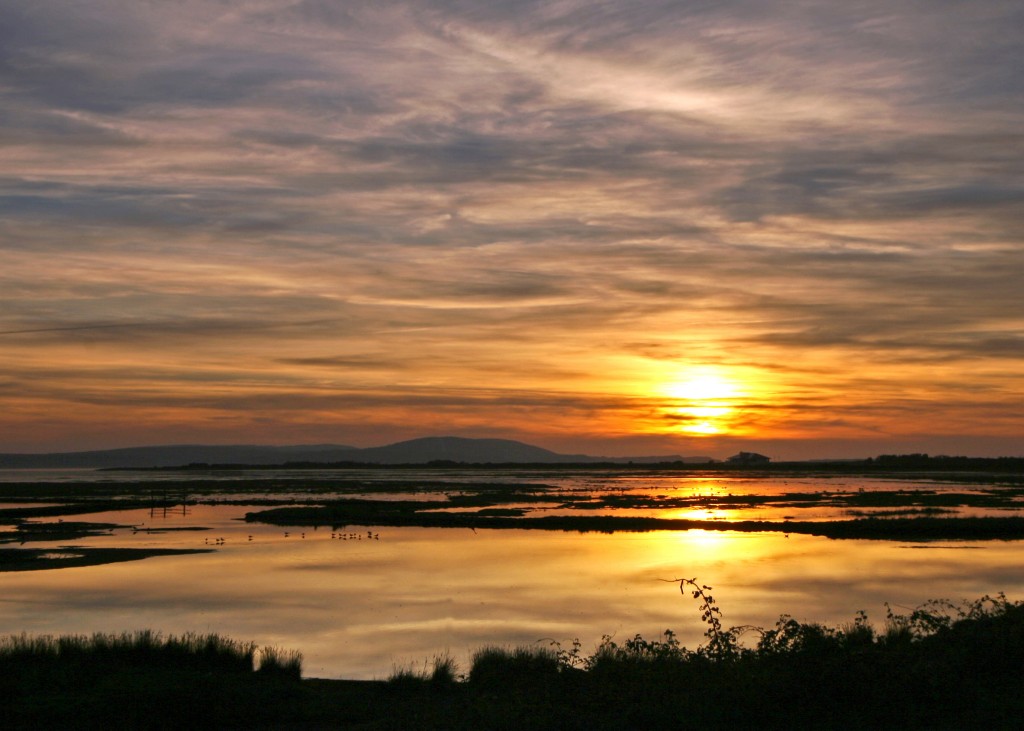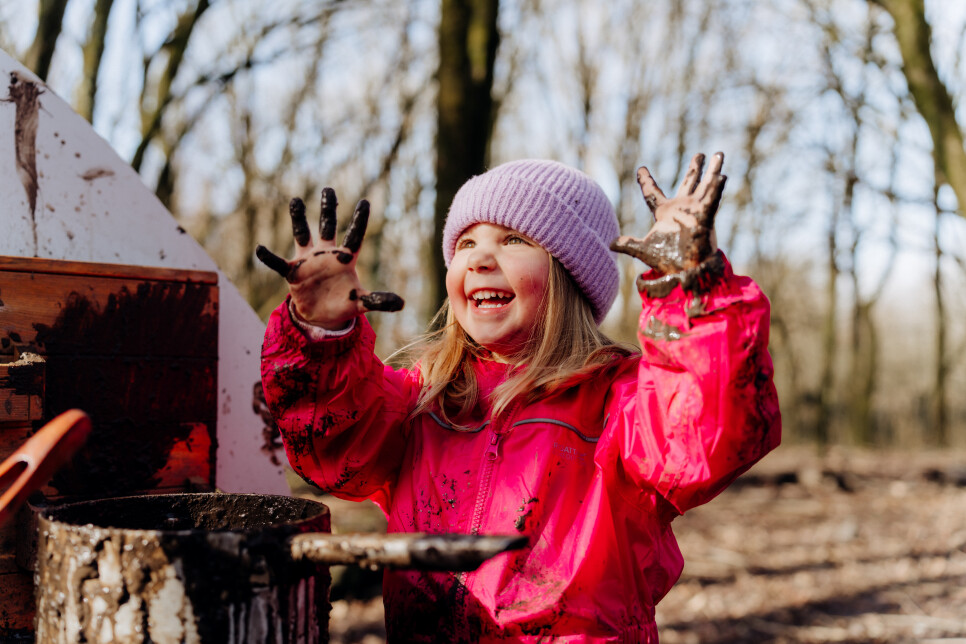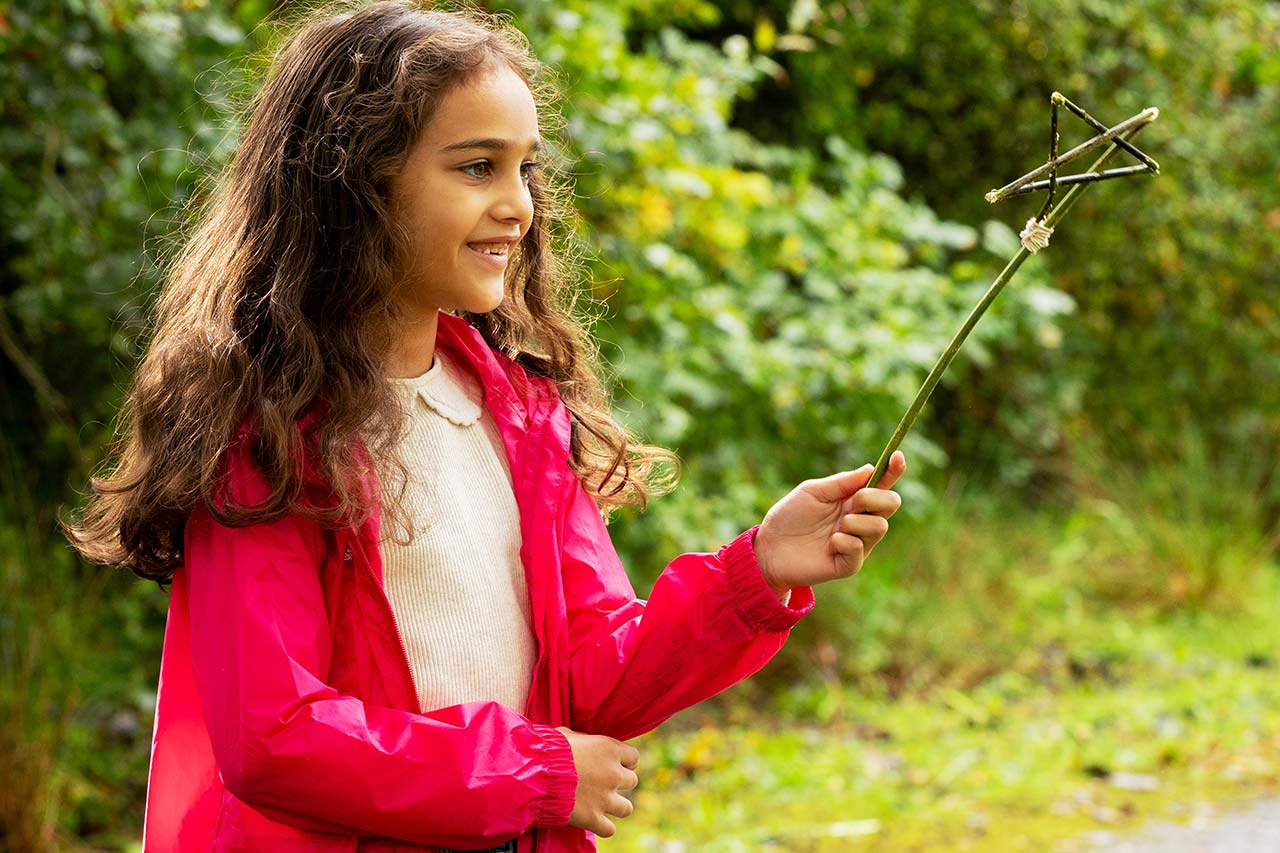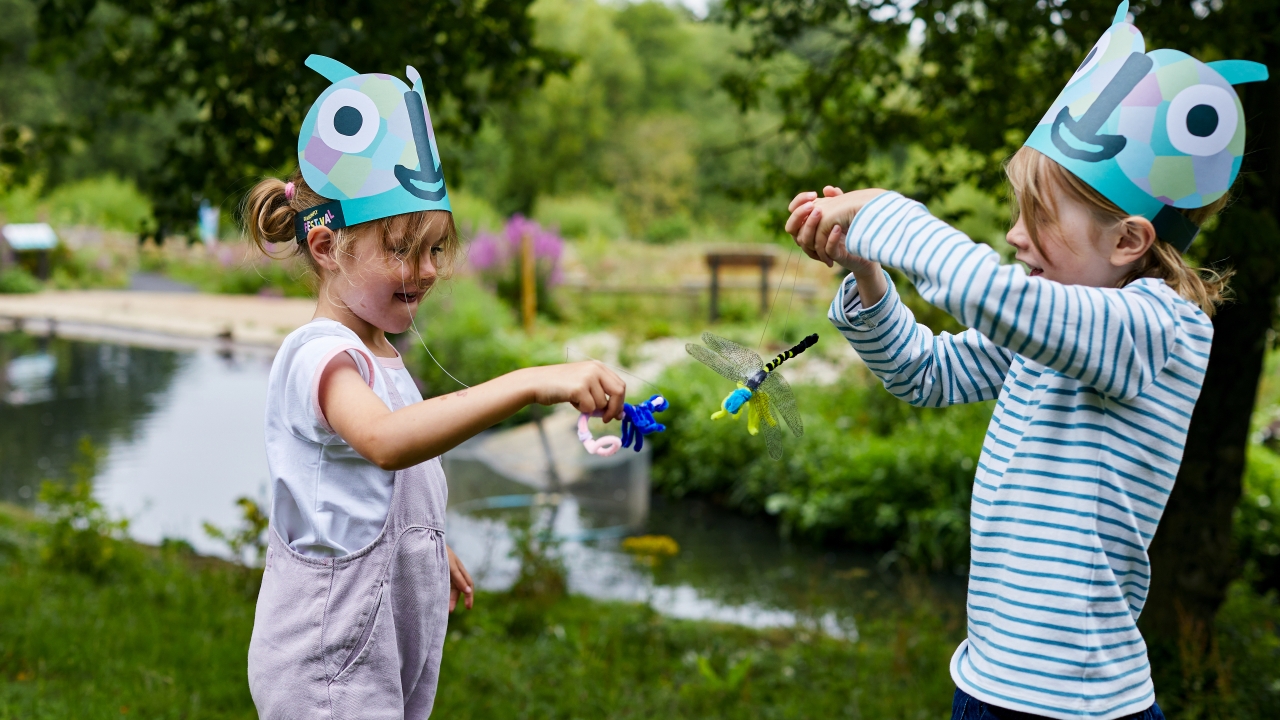Llanelli wetlands get fresh look to start the year
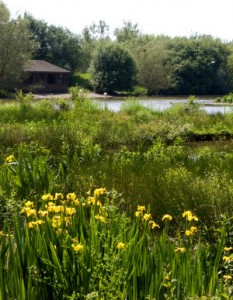 The wildlife at WWT Llanelli Wetland Centre has the builders in this week.
The wildlife at WWT Llanelli Wetland Centre has the builders in this week.
Extensive work is underway to remodel the wetland home for the rare wildlife that thrives there.
The work is funded by a grant of £50,000 awarded by The Veolia Environmental Trust through the Landfill Communities Fund and will also mean the Wetland Centre’s human visitors get more up-close experiences with wildlife.
WWT Llanelli Centre Manager Nigel Williams explains:
“A growing family needs to update its home every so often, so we’ve got in local contactors this week to spruce up the wetlands for the wildlife. The Wetland Centre remains fully open as normal, and visitors can watch the works going on in the Millennium Wetlands area.
“Wetlands are really productive places and the rarer wildlife can quickly become overrun by vegetation if it isn’t controlled. We’re removing some bigger trees that are currently blocking the flight path of waterbirds wanting to roost in the safety of the wetlands. It will open up the landscape so that you get that big sky, wetland experience and see even more wildlife.”
The Executive Director of The Veolia Environmental Trust, Paul Taylor, adds:
“It is great to hear that this important improvement project is getting underway. It will have many benefits for wildlife and visitors of all ages, and we are also really pleased that volunteers are getting involved too. I look forward to hearing about the scheme’s progress.”
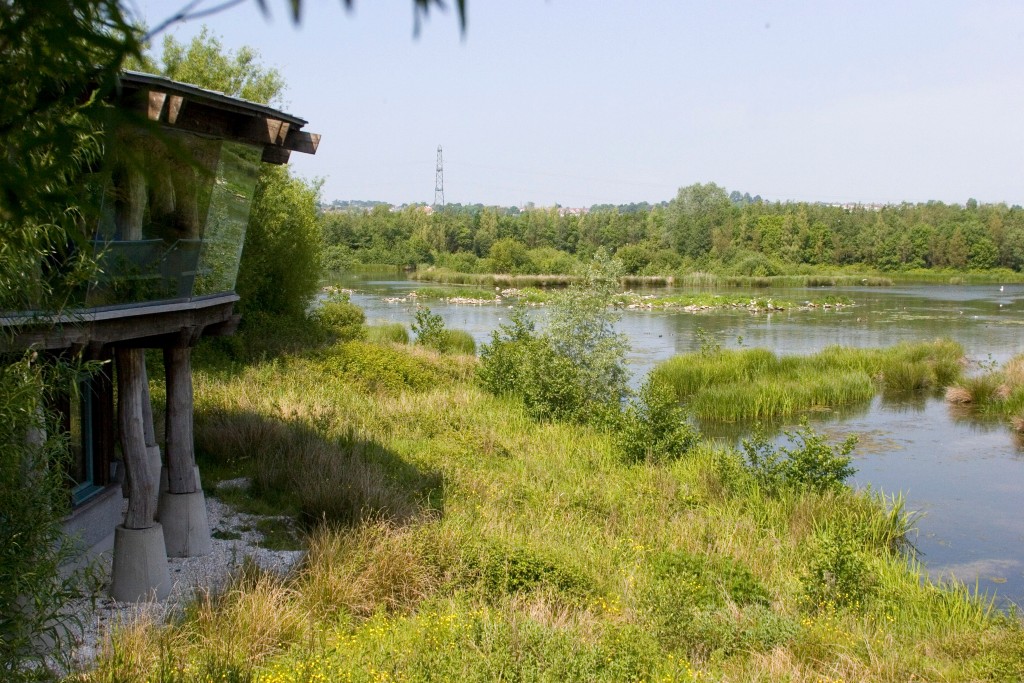
The plans are available to see in the WWT Llanelli Wetland Centre. The work will open up more than five kilometres of margins around the edge of the wetlands and restore important habitats for wildlife. Species that should benefit include the water vole, lapwing, reed bunting and bittern.
WWT Llanelli’s 50,000 visitors each year will be able to fully access the new areas. These visitors include 700 children from local schools who get free learning sessions at the Wetland Centre through WWT’s Inspiring Generations scheme.
Local volunteers will play a key role in the project, working alongside WWT staff to survey wildlife and manage the lighter physical work, such as clearing scrub and using the brash to create mini habitats for wildlife. They will also guide the public on walks to explore the newly improved areas.
The work will also support four work placements that will benefit from training and experience to help them in their future careers.
All wood cleared from the works will be used, either on site to repair paths and create wildlife habitats, or possibly as fuel for a local sustainable biomass boiler project.
The project will also help improve the quality of water in the Burry Inlet in the long-term. Water is supplied to WWT Llanelli from the Welsh Water sewage plant next door. It is first cleaned by the reed-beds that will be improved by this work, before being polished with the other wetlands at WWT Llanelli and then released into the Burry Inlet.
